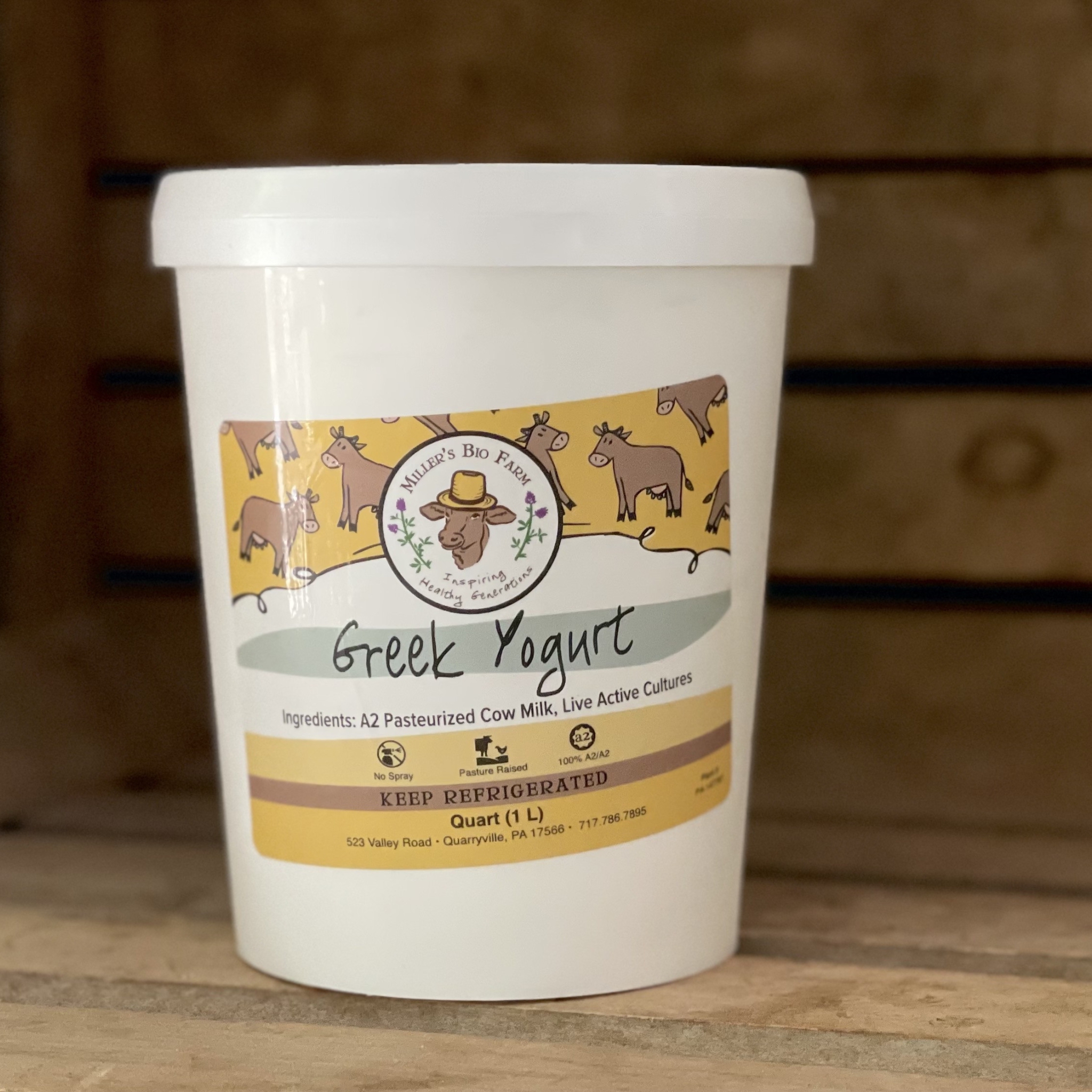Anybody eating skyr these days??
I started it recently. I do think its superior to greek yogurt. This icelandic provisions brand its like a solid glob of yogurt, theres no water buildup on the top like other yogurts.
They apparently use traditional icelandic heirloom bacterial cultures. So it’s different bacteria than whats in greek and other yogurts. It seems less sour than greek yogurt.
The issues with this skyr and other skyrs in the market is there dont seem to be organic, grass fed, A2 options for skyr. I dont think the cows milk used for it is from iceland, if its american cows its likely A1 protein and non organic, corn or soy or wheat fed cows. Maybe A1 protein is more digestible in a yogurt or skyr or cheese form though.
Some of their flavors do use carob bean gum, but it is considered a safer gum.
Chobani often uses guar gum which is more inflammatory than most other gums.
Both skyr and greek yogurt products seem to use pectin. But i dont think thats as big an issue as any of the gums.
The Icelandic provisions brand doesnt seem to use any citric acid which is good. It is low fat so maybe that negates some of the effects of the cows not being grass fed.
I dont know if these skyr products sell well to begin with, and they are already fairly expensive due to the added fruits in them. I doubt we will see an actual all organic, 100% grass fed A2 skyr product. I have seen A2 organic grass fed greek yogurts before but they are plain, and also full fat. I think they have even more fat relative to protein than whole milk. So it becomes pointless bothering with those.
@Jennifer do you know of any good skyr or greek yogurt products that are A2 organic?







